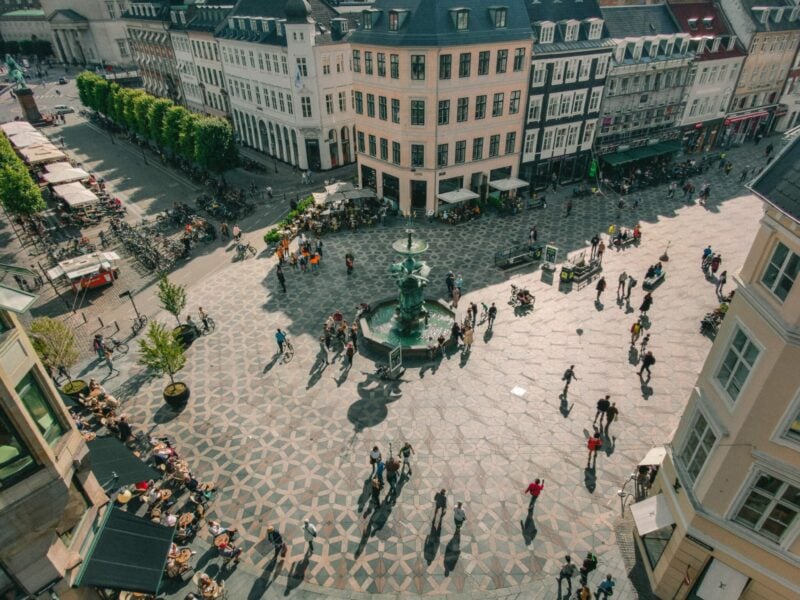Mortgage loans in Denmark
When you buy a home in Denmark, the purchase is usually financed by a mortgage loan and, in some cases, supplemented by a bank loan. The property then serves as collateral for the loan. As a loan taker, you make monthly payments to the bank, including interest and amortisation, until the loan is fully paid off.
When applying for a mortgage, you can choose between a fixed and floating interest rate. The fixed-rate remains the same throughout the loan (or for a specified period). The floating rate, on the other hand, changes based on the development of the market.
Which type of rate you should choose depends on which one you predict to be the cheapest over time. To lower the risks, some house buyers choose to have half their loan at a fixed rate and the other half at a floating rate.
As a general rule, you can borrow up to 80% of the property's value when you take out a mortgage loan in Denmark. In Denmark, it’s also common to make a down payment of at least 20% of the house’s value. However, you can find banks that have lower down payment requirements.
If you want to borrow more than 80% of the property's value, you can supplement your mortgage loan with a bank loan. A bank loan, however, is more expensive than a mortgage loan, and many loan takers, therefore, prefer to pay as large a down payment as possible.
Co-operative housing loans in Denmark
A cooperative housing unit, typically an apartment or terraced house, is a special type of housing fairly widespread in large towns and cities in Denmark, such as Copenhagen and Aarhus. The residents own the property jointly. This means that when you purchase a unit, you acquire an exclusive right of use to a unit — e.g. an apartment — as well as a share of the assets and liabilities of the cooperative housing society.
To buy a cooperative housing unit, you need a special co-operative housing loan with your bank, secured on the unit. You must also pay a down payment, the size of which depends on your financial situation. The minimum down payment, however, must amount to 5% of the purchase price.
Before deciding on a co-operative housing unit, you should note that the finances of the co-operative housing society are not always transparent. We, therefore, recommend that you seek advice from a lawyer or a buyer’s agent, such as Bomae, before you make your choice.

